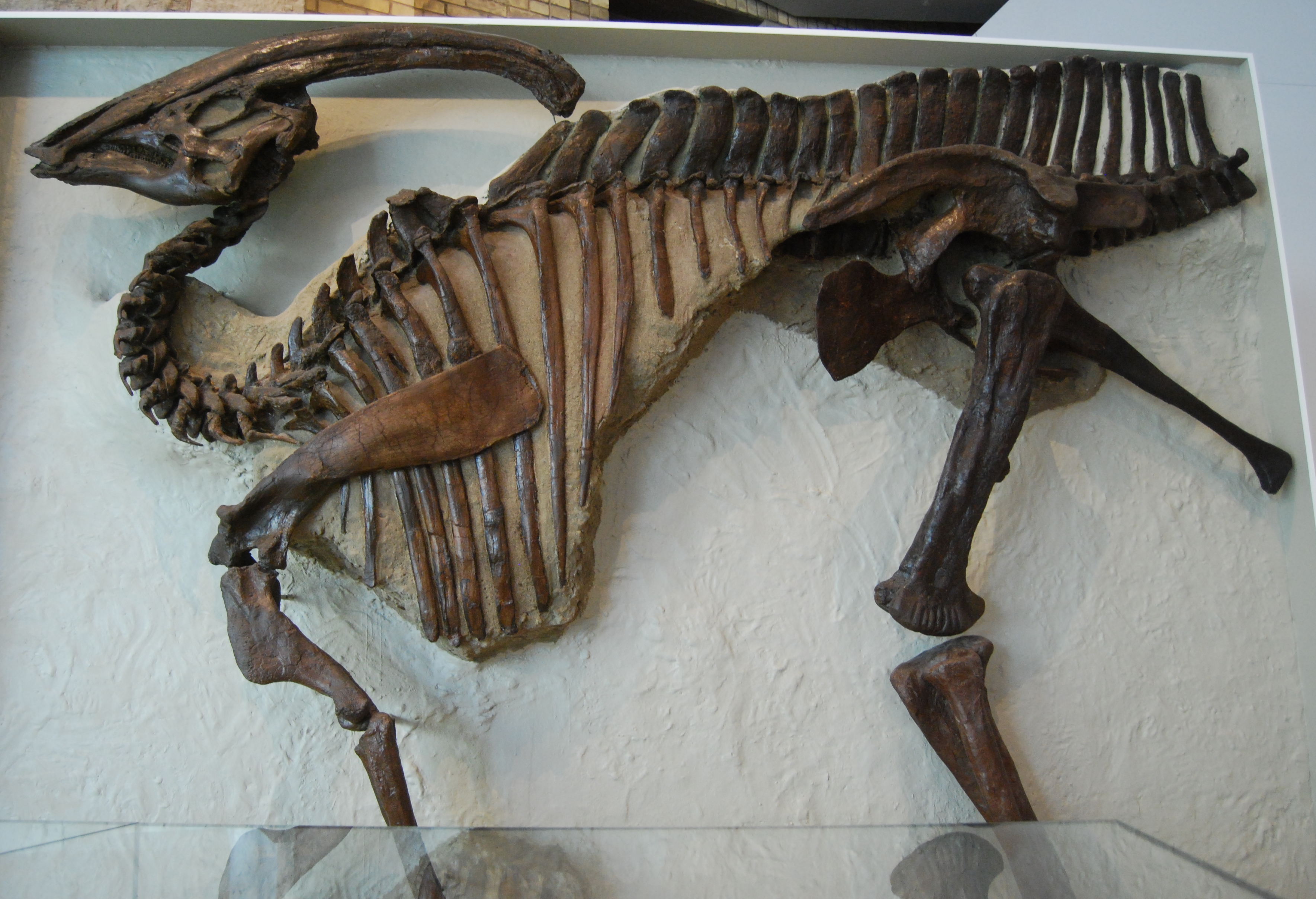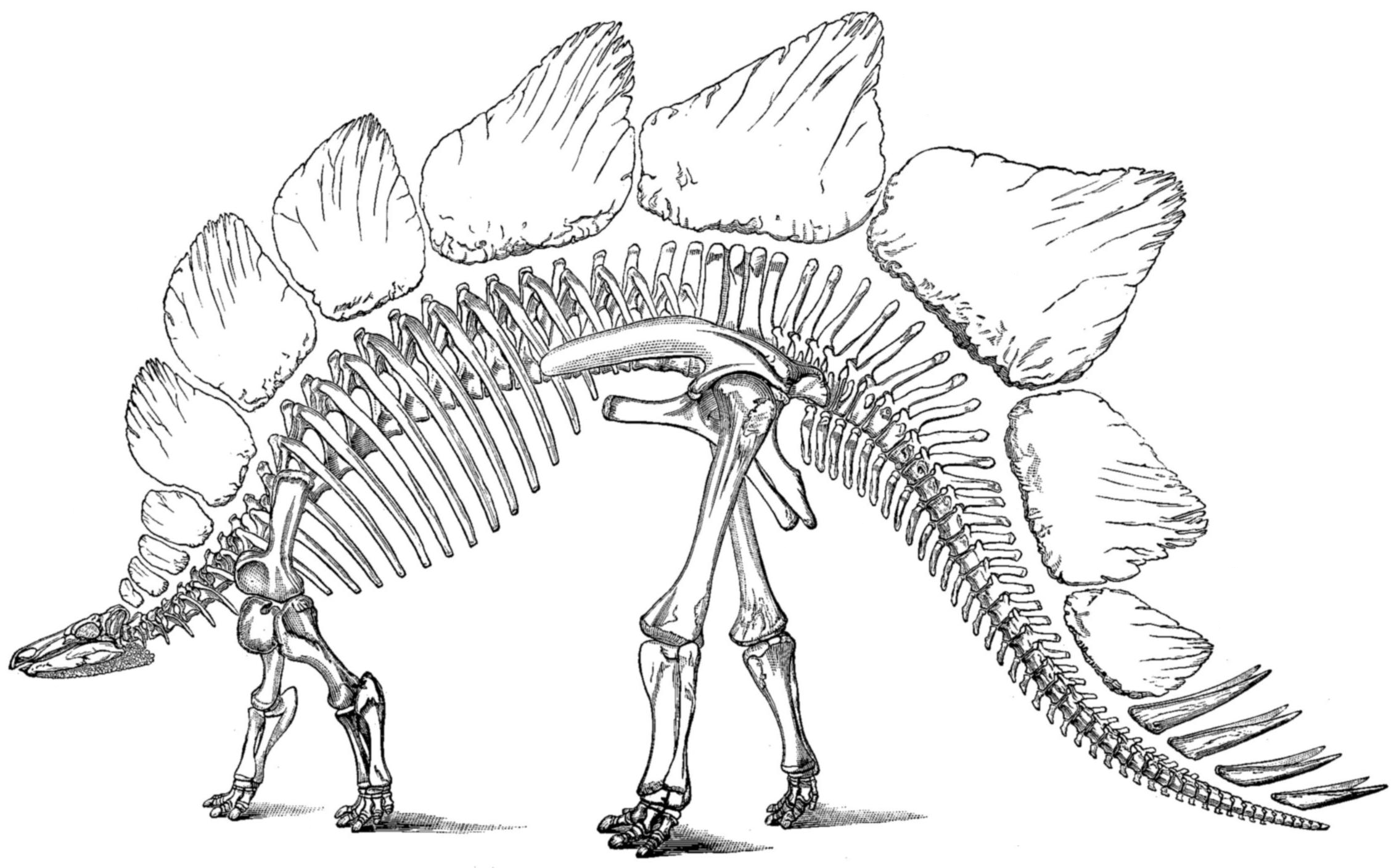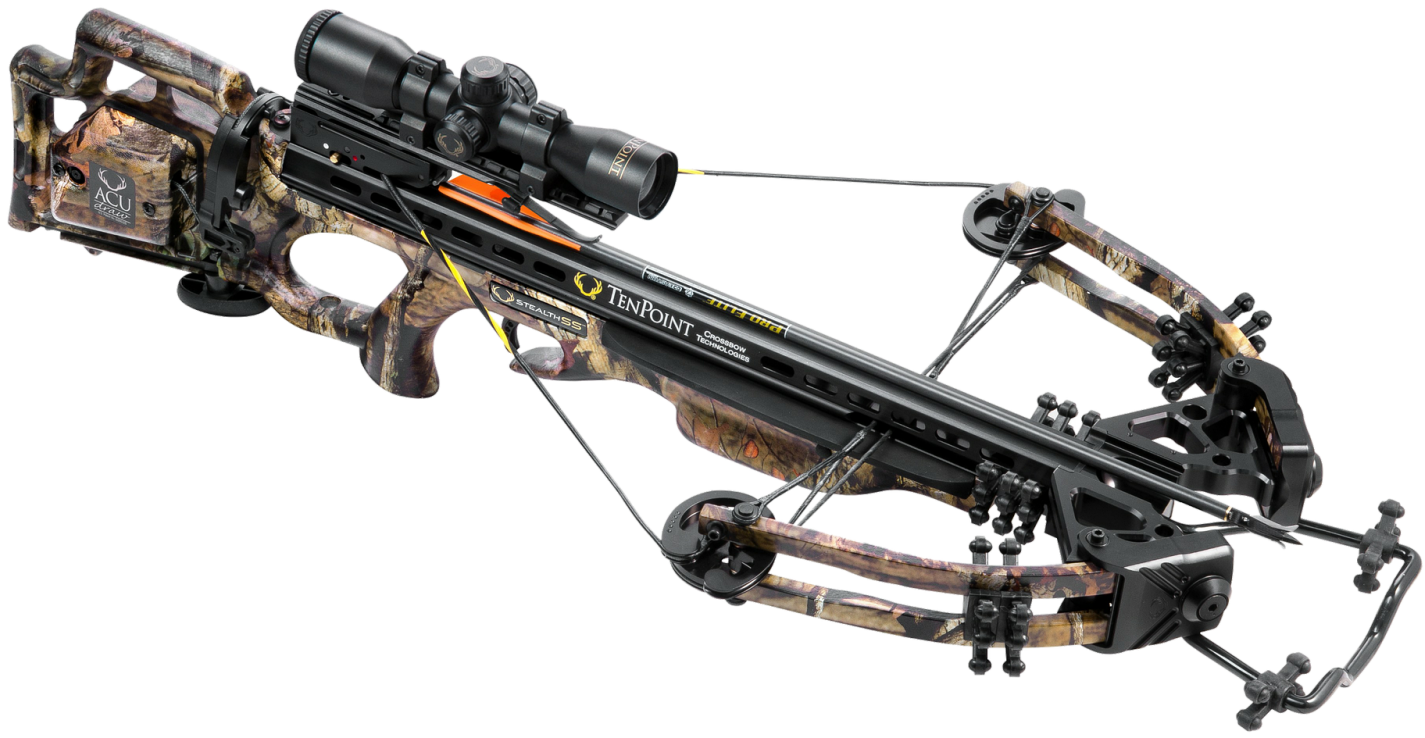|
Battle At Big Rock
''Battle at Big Rock'' is a 2019 American short film directed by Colin Trevorrow. It is part of the ''Jurassic Park'' franchise and follows the events of '' Jurassic World: Fallen Kingdom'' (2018). It stars André Holland, Natalie Martinez, Melody Hurd, and Pierson Salvador. The short premiered on FX on September 15, 2019 and was subsequently released online. It received generally positive reviews from critics. Plot Set one year after the events of '' Jurassic World: Fallen Kingdom'', a blended family from Oakland, California goes on a camping trip at the fictional Big Rock National Park in Northern California, approximately from where dinosaurs from ''Fallen Kingdom'' were let loose. The film chronicles the first major confrontation between humans and the dinosaurs. At their campsite, the family is dining in their RV when they are suddenly greeted by a '' Nasutoceratops'' and its baby. To their horror, an '' Allosaurus'' emerges and attacks the baby, leading to a battle with ... [...More Info...] [...Related Items...] OR: [Wikipedia] [Google] [Baidu] |
Colin Trevorrow
Colin Trevorrow (; born September 13, 1976) is an American film director, producer, and screenwriter. He made his feature directorial debut with the science fiction comedy ''Safety Not Guaranteed'' (2012) to critical and commercial success. Trevorrow achieved mainstream recognition for helming the ''Jurassic World'' franchise, which began when he co-wrote and directed the eponymous first installment in 2015. The film earned more than $1.6 billion at the worldwide box office. After the success of the '' Jurassic World'', Trevorrow co-wrote the 2018 sequel '' Fallen Kingdom'' and co-wrote and directed the third installment ''Dominion'' (2022). He was also the co-writer and director of '' Star Wars: Duel of the Fates'' until his departure in 2017, although he retained story credit when the project was re-envisioned as '' The Rise of Skywalker''. In 2019, Trevorrow founded his film and TV production company, Metronome Film Co., based across London and Los Angeles. Early life Trevor ... [...More Info...] [...Related Items...] OR: [Wikipedia] [Google] [Baidu] |
Blended Family
A stepfamily (sometimes called a bonus family) is a family where at least one parent has children who are not biologically related to their spouse. Either parent, or both, may have children from previous relationships or marriages. Two known classifications for stepfamilies include "simple" stepfamilies, where only one member of the family's couple has a prior child or children and the couple does not have any children together, and "complex" or "blended" families, where both members of the couple have at least one child from another relationship. Etymology The earliest recorded use of the prefix ''step-'', in the form , is from an 8th-century glossary of Latin-Old English words meaning . is given for the Latin word and for . Similar words recorded later in Old English include , , and . The words are used to denote a connection resulting from the remarriage of a widowed parent and are related to the word meaning 'bereaved', with and occasionally used simply as synonyms f ... [...More Info...] [...Related Items...] OR: [Wikipedia] [Google] [Baidu] |
Great White Shark
The great white shark (''Carcharodon carcharias''), also known as the white shark, white pointer, or simply great white, is a species of large Lamniformes, mackerel shark which can be found in the coastal surface waters of all the major oceans. It is the only known surviving species of its genus ''Carcharodon''. The great white shark is notable for its size, with the largest preserved female specimen measuring in length and around in weight at maturity. However, most are smaller; males measure , and females measure on average. According to a 2014 study, the lifespan of great white sharks is estimated to be as long as 70 years or more, well above previous estimates, making it one of the longest lived Chondrichthyes, cartilaginous fishes currently known. According to the same study, male great white sharks take 26 years to reach sexual maturity, while the females take 33 years to be ready to produce offspring. Great white sharks can swim at speeds of 25 km/h (16 mph ... [...More Info...] [...Related Items...] OR: [Wikipedia] [Google] [Baidu] |
Mosasaurus
''Mosasaurus'' (; "lizard of the Meuse (river), Meuse River") is the type genus (defining example) of the mosasaurs, an extinct group of aquatic Squamata, squamate reptiles. It lived from about 82 to 66 million years ago during the Campanian and Maastrichtian Stage (stratigraphy), stages of the Late Cretaceous. The genus was one of the first Mesozoic marine reptiles known to science—the first fossils of ''Mosasaurus'' were found as skulls in a chalk quarry near the Dutch city of Maastricht in the late 18th century, and were initially thought to be crocodiles or whales. One skull discovered around 1780 was famously nicknamed the "great animal of Maastricht". In 1808, naturalist Georges Cuvier concluded that it belonged to a giant marine lizard with similarities to monitor lizards but otherwise unlike any known living animal. This concept was revolutionary at the time and helped support the then-developing ideas of extinction. Cuvier did not designate a scientific name for the an ... [...More Info...] [...Related Items...] OR: [Wikipedia] [Google] [Baidu] |
Parasaurolophus
''Parasaurolophus'' (; meaning "beside crested lizard" in reference to ''Saurolophus'') is a genus of hadrosaurid "duck-billed" dinosaur that lived in what is now western North America and possibly Asia during the Late Cretaceous period, about 76.9–73.5 million years ago. It was a large herbivore that could reach over long and weigh over , and were able to move as a biped and a quadruped. Three species are universally recognized: ''P. walkeri'' (the type species), ''P. tubicen'', and the short-crested ''P. cyrtocristatus''. Additionally, a fourth species, ''P. jiayinensis'', has been proposed, although it is more commonly placed in the separate genus '' Charonosaurus''. Remains are known from Alberta, New Mexico, and Utah, as well as possibly Heilongjiang if ''Charonosaurus'' is in fact part of the genus. The genus was first described in 1922 by William Parks from a skull and partial skeleton found in Alberta. ''Parasaurolophus'' was a hadrosaurid, p ... [...More Info...] [...Related Items...] OR: [Wikipedia] [Google] [Baidu] |
Stegosaurus
''Stegosaurus'' (; ) is a genus of herbivorous, four-legged, armored dinosaur from the Late Jurassic, characterized by the distinctive kite-shaped upright plates along their backs and spikes on their tails. Fossils of the genus have been found in the western United States and in Portugal, where they are found in Kimmeridgian- to Tithonian-aged strata, dating to between 155 and 145 million years ago. Of the species that have been classified in the upper Morrison Formation of the western US, only three are universally recognized: ''S. stenops'', ''S. ungulatus'' and ''S. sulcatus''. The remains of over 80 individual animals of this genus have been found. ''Stegosaurus'' would have lived alongside dinosaurs such as '' Apatosaurus'', '' Diplodocus'', '' Camarasaurus'' and '' Allosaurus'', the latter of which may have preyed on it. They were large, heavily built, herbivorous quadrupeds with rounded backs, short fore limbs, long hind limbs, and tails held high in the air. Du ... [...More Info...] [...Related Items...] OR: [Wikipedia] [Google] [Baidu] |
Compsognathus
''Compsognathus'' (; Ancient Greek, Greek ''kompsos''/κομψός; "elegant", "refined" or "dainty", and ''gnathos''/γνάθος; "jaw") is a genus of small, bipedalism, bipedal, carnivore, carnivorous theropoda, theropod dinosaur. Members of its single species ''Compsognathus longipes'' could grow to around the size of a chicken (bird), chicken. They lived about 150 mya (unit), million years ago, during the Tithonian Stage (stratigraphy), age of the late Jurassic Period (geology), period, in what is now Europe. Paleontologists have found two well-preserved fossils, one in Germany in the 1850s and the second in France more than a century later. Today, ''C. longipes'' is the only recognized species, although the French specimen was once thought to belong to a separate species named ''C. corallestris''. Many presentations still describe ''Compsognathus'' as "chicken-sized" dinosaurs because of the size of the German specimen, which is now believed to be a juvenile. ''Comps ... [...More Info...] [...Related Items...] OR: [Wikipedia] [Google] [Baidu] |
Found Footage (film Technique)
Found footage is a cinematic technique and film genre in which all or a substantial part of the work is presented as if it were film or video recordings recorded by characters in the story, and later "found" and presented to the audience. The events on screen are typically seen through the camera of one or more of the characters involved, often accompanied by their real-time off-camera commentary. For added realism, the cinematography may be done by the actors themselves as they perform, and shaky camera work, improvisation and naturalistic acting are routinely employed. The footage may be presented as if it were " raw" and complete or as if it had been edited into a narrative by those who "found" it. The most common use of the technique is in horror films such as '' The Blair Witch Project'', '' Cannibal Holocaust'', '' Paranormal Activity'', '' Diary of the Dead'', '' Rec'', '' Cloverfield'', '' Trollhunter'', '' V/H/S,'' '' Incantation'' or '' Be My Cat: A Film for Ann ... [...More Info...] [...Related Items...] OR: [Wikipedia] [Google] [Baidu] |
Closing Credits
Closing credits, aka end credits or end titles, are a list of the cast and crew of a particular motion picture, television show, or video game. While opening credits appear at the beginning of a work, closing credits appear close to or at the very end of a work. A full set of credits can include not only the cast and crew, but also production sponsors, distribution companies, works of music licensed or written for the work, various legal disclaimers, such as copyright, and more. Appearance Typically, the closing credits appear in white lettering on a solid black background, often with a musical background. Credits are either a series of static frames, or a single list that scrolls from the bottom of the screen to the top. Occasionally closing credits will divert from this standard form to scroll in another direction, include illustrations, extra scenes, bloopers, joke credits and post-credits scenes. History The use of closing credits in film to list complete production ... [...More Info...] [...Related Items...] OR: [Wikipedia] [Google] [Baidu] |
Crossbow
A crossbow is a ranged weapon using an Elasticity (physics), elastic launching device consisting of a Bow and arrow, bow-like assembly called a ''prod'', mounted horizontally on a main frame called a ''tiller'', which is hand-held in a similar fashion to the stock (firearms), stock of a long gun. Crossbows shoot arrow-like projectiles called ''crossbow bolt, bolts'' or ''quarrels''. A person who shoots crossbow is called a ''crossbowman'', an ''arbalister'' or an ''arbalist (crossbowman), arbalist'' (after the arbalest, a European crossbow variant used during the 12th century). Crossbows and bows use the same elastic launch principles, but differ in that an archer using a Bow and arrow, bow must draw-and-shoot in a quick and smooth motion with limited or no time for aiming, while a crossbow's design allows it to be spanned and cocked ready for use at a later time and thus affording them unlimited time to aim. When shooting bows, the archer must fully perform the bow draw, draw, h ... [...More Info...] [...Related Items...] OR: [Wikipedia] [Google] [Baidu] |
Allosaurus
''Allosaurus'' ( ) is an extinct genus of theropod dinosaur that lived 155 to 145 million years ago during the Late Jurassic period ( Kimmeridgian to late Tithonian ages). The first fossil remains that could definitively be ascribed to this genus were described in 1877 by Othniel C. Marsh. The name "''Allosaurus''" means "different lizard", alluding to its lightweight , which Marsh believed were unique. The genus has a very complicated taxonomy and includes at least three valid species, the best known of which is ''A. fragilis''. The bulk of ''Allosaurus'' remains come from North America's Morrison Formation, with material also known from the Alcobaça Formation and Lourinhã Formation in Portugal. It was known for over half of the 20th century as '' Antrodemus'', but a study of the abundant remains from the Cleveland-Lloyd Dinosaur Quarry returned the name "''Allosaurus''" to prominence. As one of the first well-known theropod dinosaurs, it has long attracted attention ... [...More Info...] [...Related Items...] OR: [Wikipedia] [Google] [Baidu] |
Nasutoceratops
''Nasutoceratops'' is a genus of ceratopsid dinosaur that lived in North America during the Late Cretaceous period, about 76.0–75.5 million years ago. The first known specimens were discovered in Utah in the Kaiparowits Formation of the Grand Staircase–Escalante National Monument (GSENM) from 2006 onwards, including a subadult skull with both a partial postcranial skeleton and rare skin impressions, and two other partial skulls. In 2013, the subadult was made the holotype of the new genus and species ''Nasutoceratops titusi''; the generic name means "large-nosed horned face", and the specific name honors the paleontologist Alan L. Titus for his work at the GSENM. The dinosaur was noted for its large nose in news reports, and later featured in ''Jurassic World'' films. The holotype skull of ''Nasutoceratops'' is approximately long; its body length has been estimated at , and its weight at . ''Nasutoceratops'' is distinct in features such as the snout region being unusually ... [...More Info...] [...Related Items...] OR: [Wikipedia] [Google] [Baidu] |









